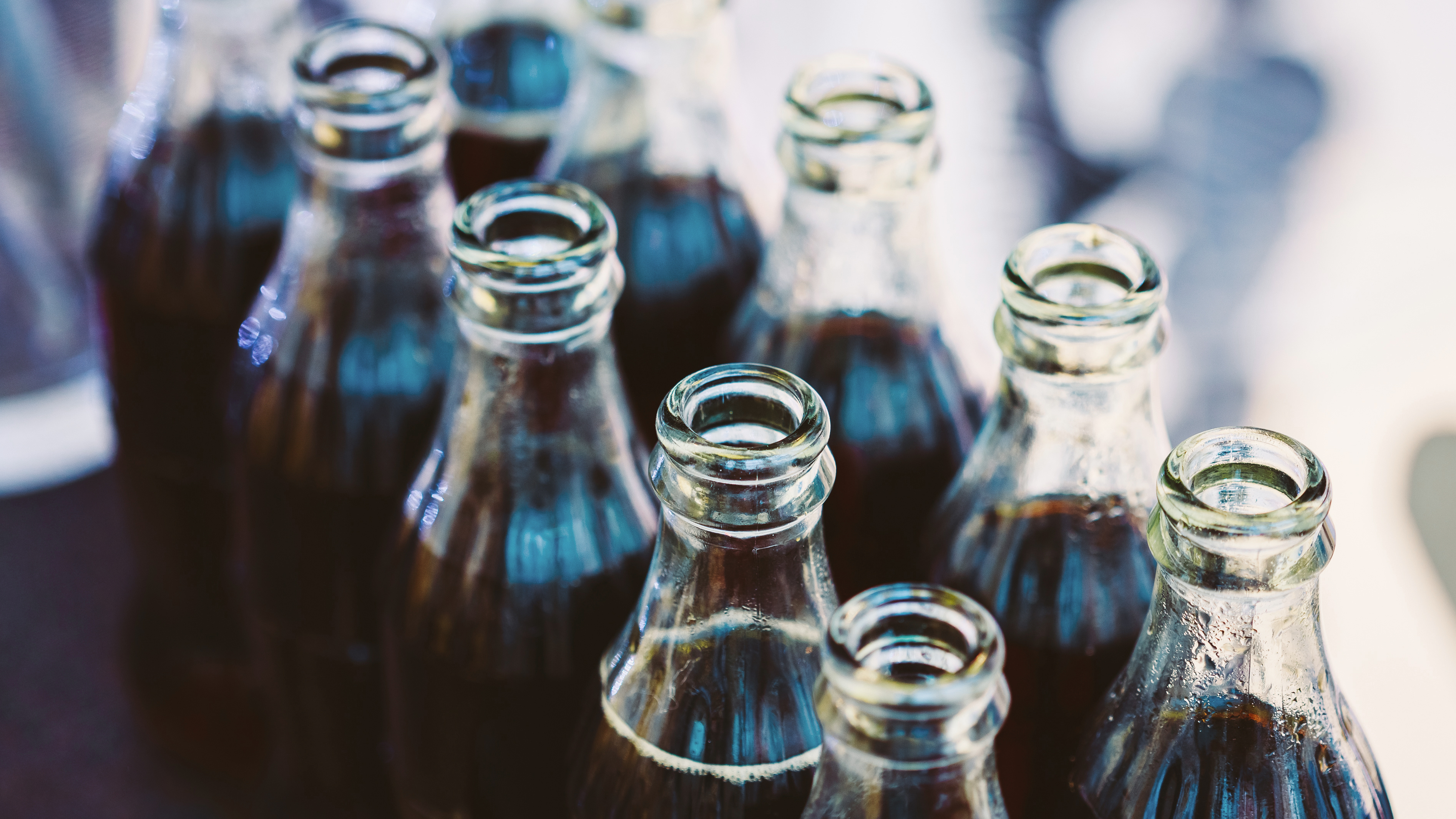
Understanding Japanese Kokuto, The World’s Healthiest Brown Sugar
What are the health benefits of brown sugar? Are there any?
I’m quite the fan of Japanese sweets– Pocky Sticks, Hi-Chews, Crepes that look like sundaes, magnificent Mochi, mini cookies with chocolate on top that are shaped like mushrooms (also known as Kinoko No Yama, which translates to “mushroom mountain”). And what these all have in common is– dare I say it– sugar.
Leave it to the Okinawan people of Japan, known for their longevity, to develop brown sugar suitable for their healthy, plant-based, lifestyle. Production begins with a healthy sugarcane crop and a slow cooking technique to process the sugar cane juice (this method is referred to as kokuto). By way of counter-example, the majority of brown sugar available for purchase in the United States is made by adding molasses to refined white sugar, which results in a higher glycemic product with few of the sugar cane plant’s original nutrients.
Leave it to the Okinawan people of Japan, known for their longevity, to develop brown sugar suitable for their healthy, plant-based, lifestyle.
Unlike conventional brown sugar, kokuto is high in calcium, potassium, and iron. It prevents tooth decay, improves resistance to stress, and it even lowers cholesterol– probably because they are refining less of the plant than other sugar alternatives, which renders a product that is as close to the native plant as possible (they’re still processing the sugar, but doing so minimally so as to maintain the highest nutrient content possible).
The technique is not new: kokuto was first made in the 17th century but within the last 15 years it has gained the reputation it deserves. The life force of this product is pretty sweet as well— solar energy. Sugarcane is grown in fields with strong, southern-island sunlight and minerals that are delivered by the mist of the ocean.
For this reason, Okinawa became a premiere location for brown sugar production in Japan, not only because of this sugar-processing technique but because the specific environmental conditions allow sugar farmers to produce a crop that most of the world simply cannot.
On the way to the Pottery Village I asked my cabbie, who was wearing a flat cap and white driving gloves, if we could make a stop at The Kokuto Brown Sugar Factory in Okinawa to observe their production. When we arrived, I quickly questioned if I was in the right place. A huge bull made of plastic towered overhead, with obscenely large testicles. Imagine the unfortunate events that would soon unfold if I had accidentally requested a stop at a meat production facility. My thoughts were spiraling towards a feeling of apprehension that was quickly dispelled as I spotted a man gripping handfuls of sugar cane branches and feeding them through a machine.
The sugarcane is grown in fields with strong, southern-island sunlight and minerals that are delivered by the mist of the ocean.
The branches crackled and crunched as the liquid cane sugar was extracted. A pamphlet I read said that “75 percent of the total weight of these branches is cane sugar, and fibrous residue makes up the remaining 25 percent.” Next the liquid sugarcane was boiled down so that impurities (lingering branch material) could be scuffed off. This juice then becomes a solid candy as it is poured into cool metal trays where it solidifies naturally. Tradition dictates that the brown sugar is cut into bite-size chunks and enjoyed with tea to relieve fatigue.
After observing the early stages of processing I walked onward into a market filled with brown sugar products. There I saw Shisa faces made of brown sugar (in Okinawa these “lion dog” sculptures keep evil spirits out or let good spirits in. You can tell the difference between the sculptures depending on whether their mouthes are open or closed). There were also bricks that looked like dark chocolate, which had been freshly cracked for bite-size sampling. The last unique item I spotted was brown sugar blocks with ginger. Since ginger is consumed daily and often grown in many locals’ home medicinal gardens, it goes without saying that the factory was stocked.
Kokuto has become an Okinawa standard in cooking. It is used in sushi rice, noodle soup, sauces, in stock for seafood and meat, and to flavor grilled vegetables.
I, of course, prefer to devour the squares à la carte, knowing that because this little treat has been a part of the sun and the sea, it can actually be a healthy alternative for anyone looking to add a little sweetness to their life.
Preoccupied with sugar? It turns out roses have a sweet tooth, too. Want to learn how to stabilize your own blood sugar? Read our article on 6 herbs, spices, and other foods that help stave off insulin resistance.









































